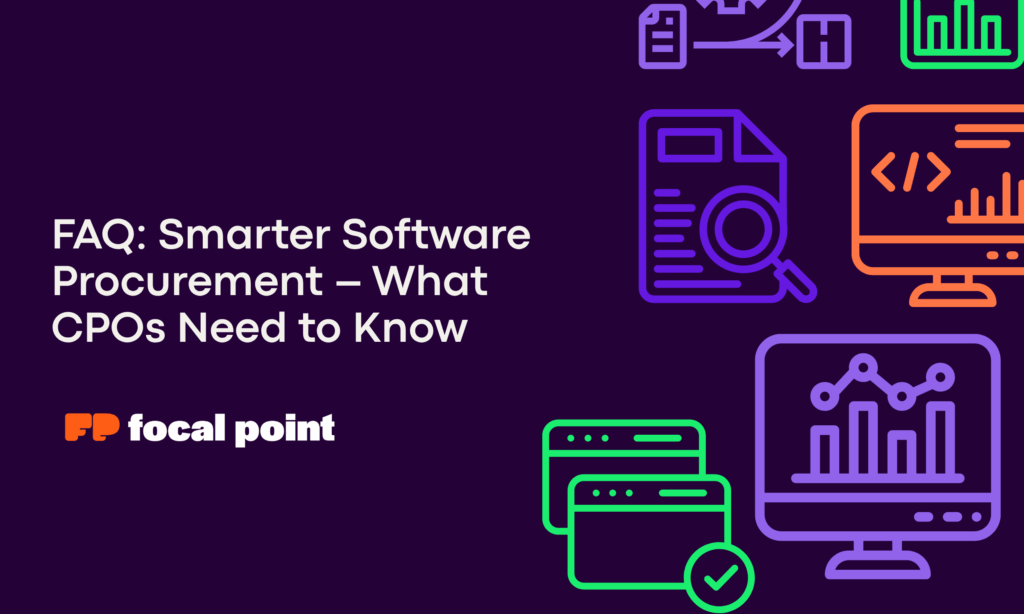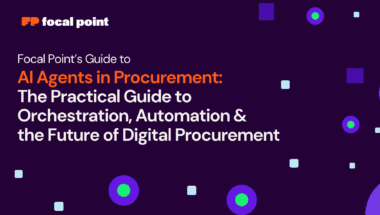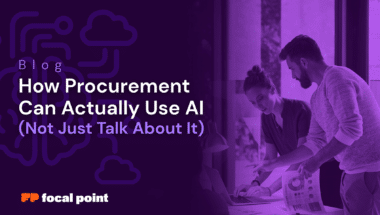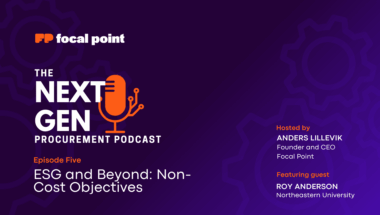1. Why should software procurement be treated like part of the supply chain?
Software is now a mission-critical resource like physical inventory. Managing it within the supply chain framework helps track total spend, avoid duplication, and align purchases with strategic business outcomes.
2. What’s the risk of treating software buys as isolated transactions?
One-off purchases create data silos, limit visibility, and block opportunities for savings. Without central tracking, businesses can’t forecast needs or negotiate multi-license or enterprise-wide deals effectively.
3. How much of a company’s total cost is typically tied to external suppliers?
Between 40% and 80% of total costs come from external supplier spend. That includes software, making it a major cost center that CPOs must manage with the same rigor as traditional sourcing.
4. What new challenges does AI-driven software create for procurement teams?
AI tools can introduce complexities and concerns around data use. Procurement must update processes and upskill teams to effectively handle these evolving requirements.
5. How can CPOs ensure software investments deliver value?
By aligning purchases with business goals, tracking key performance indicators (KPIs), and conducting regular audits of usage and ROI, CPOs can turn software from a cost center into a value generator.
Want the full breakdown with stats and strategy?
Read the full Forbes article



